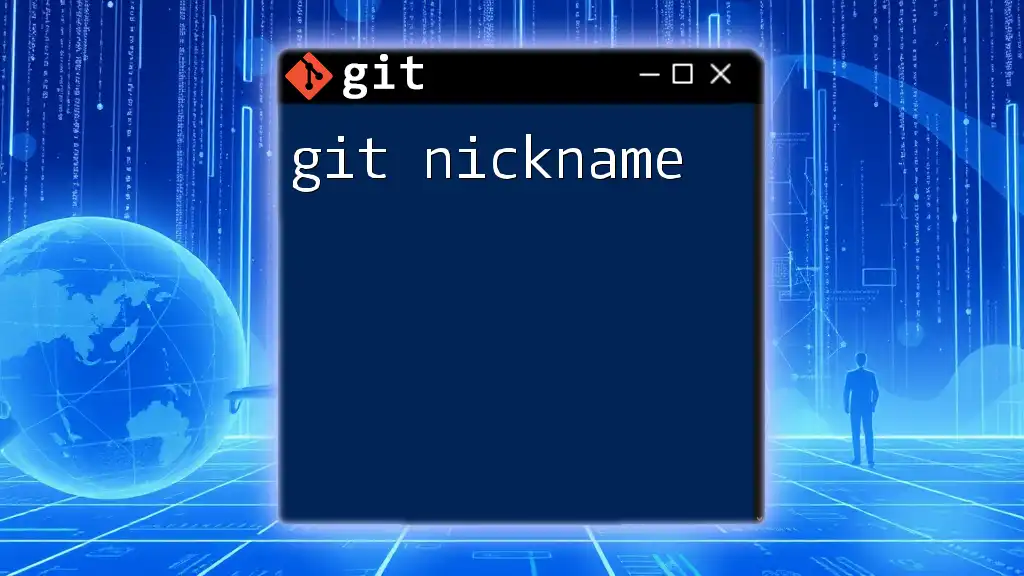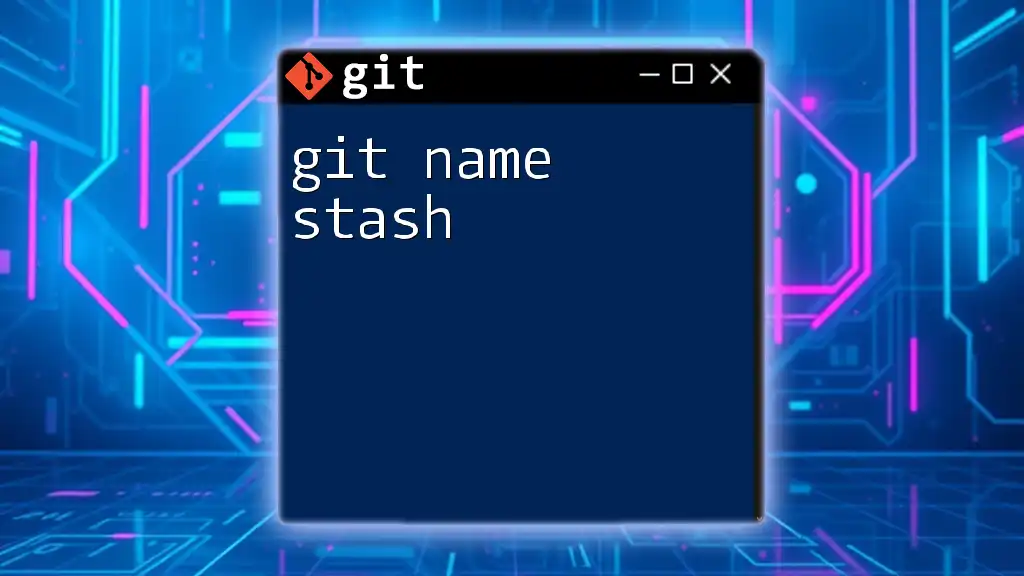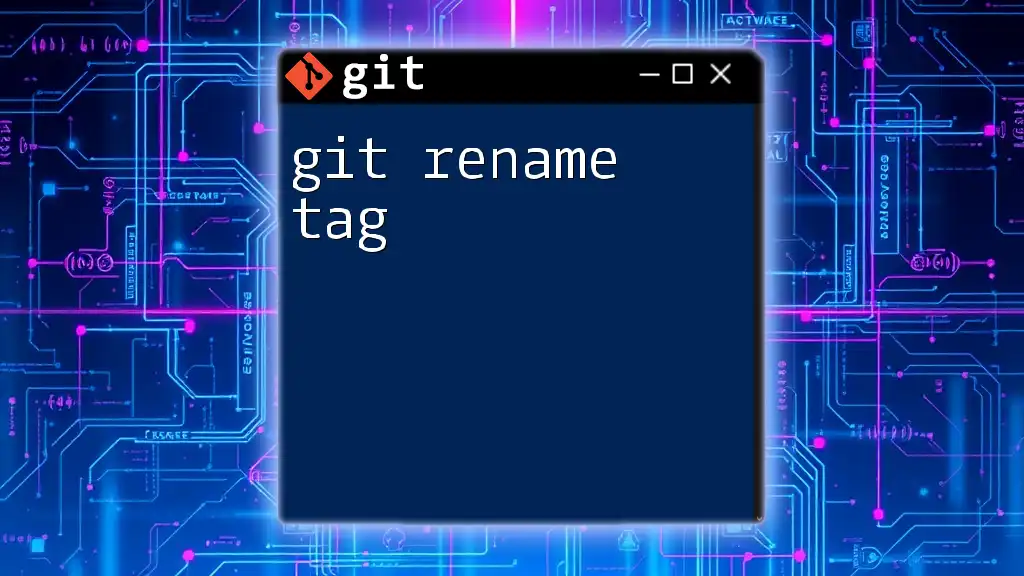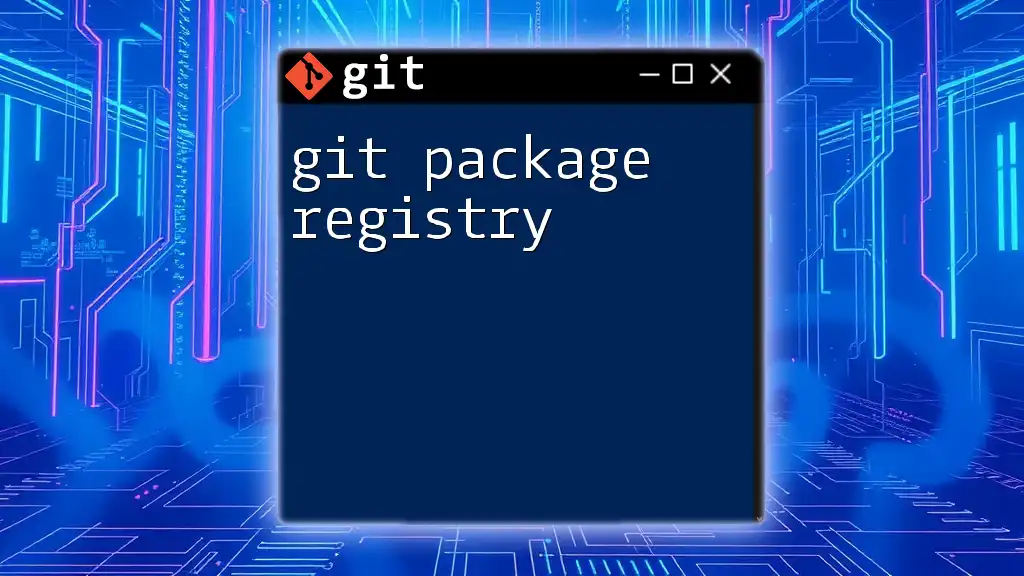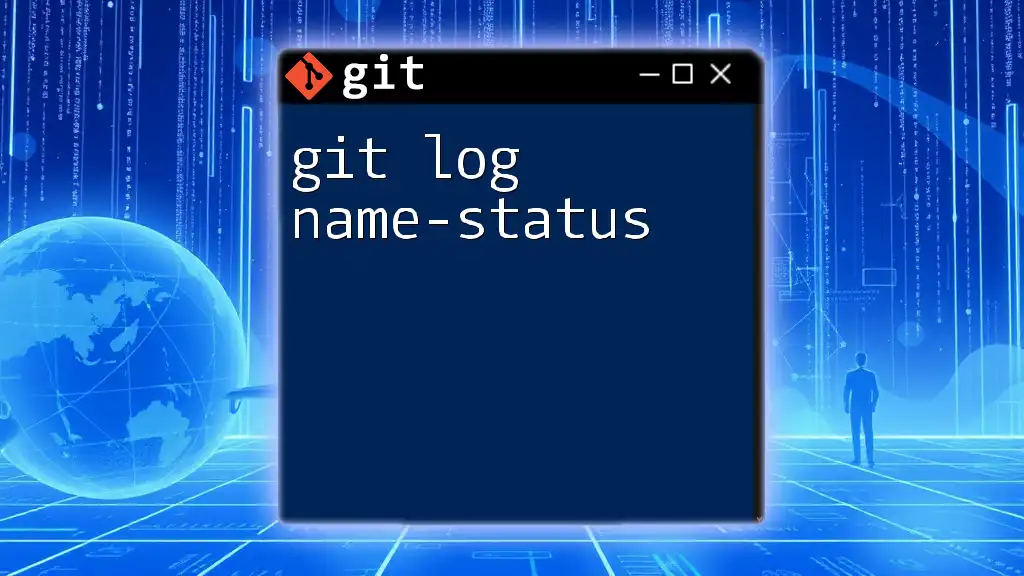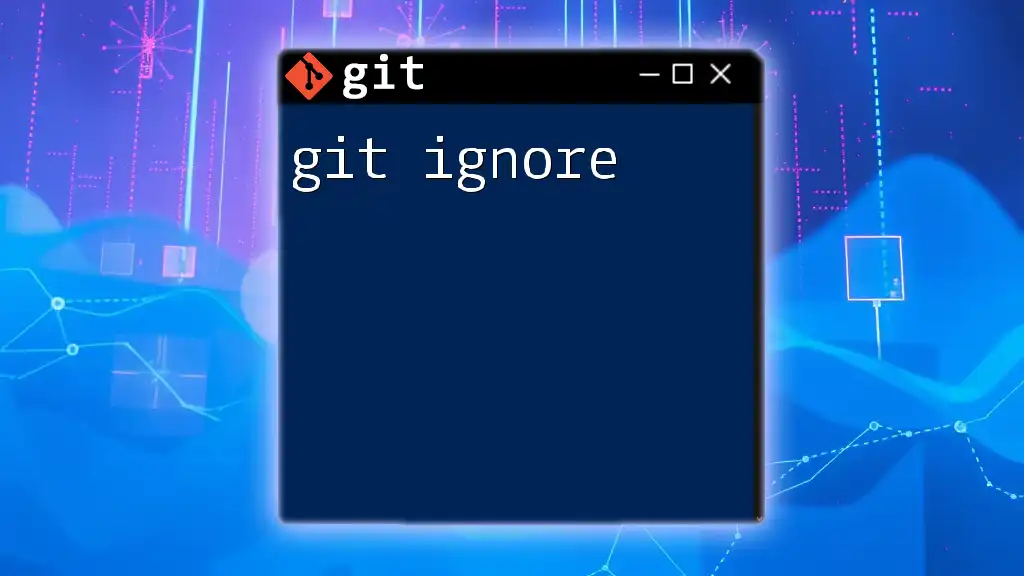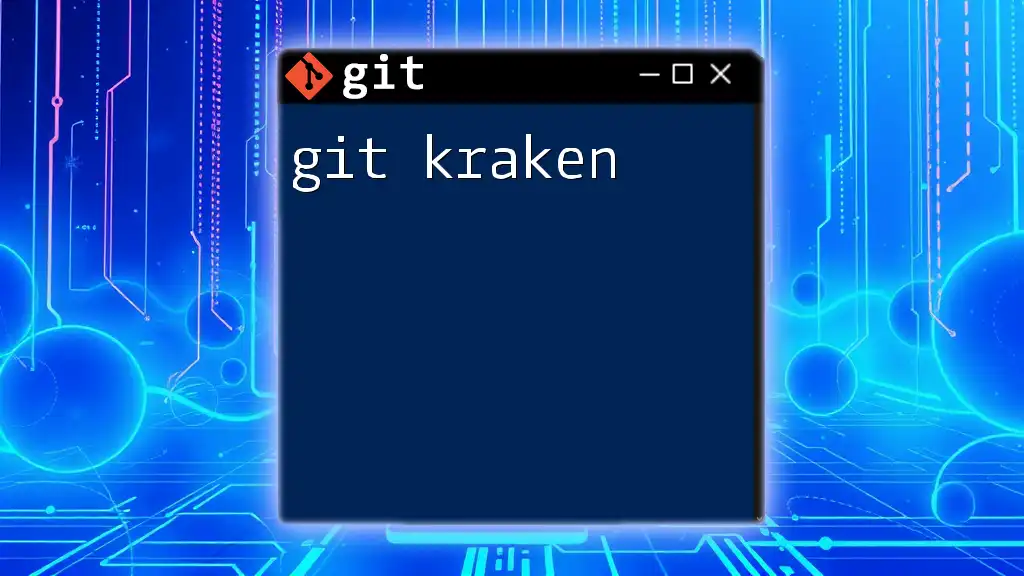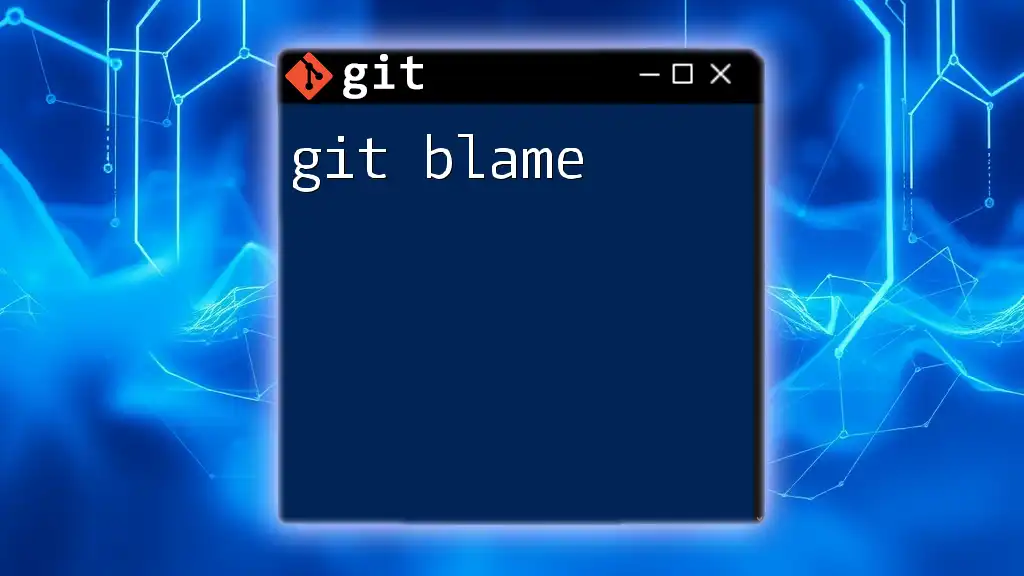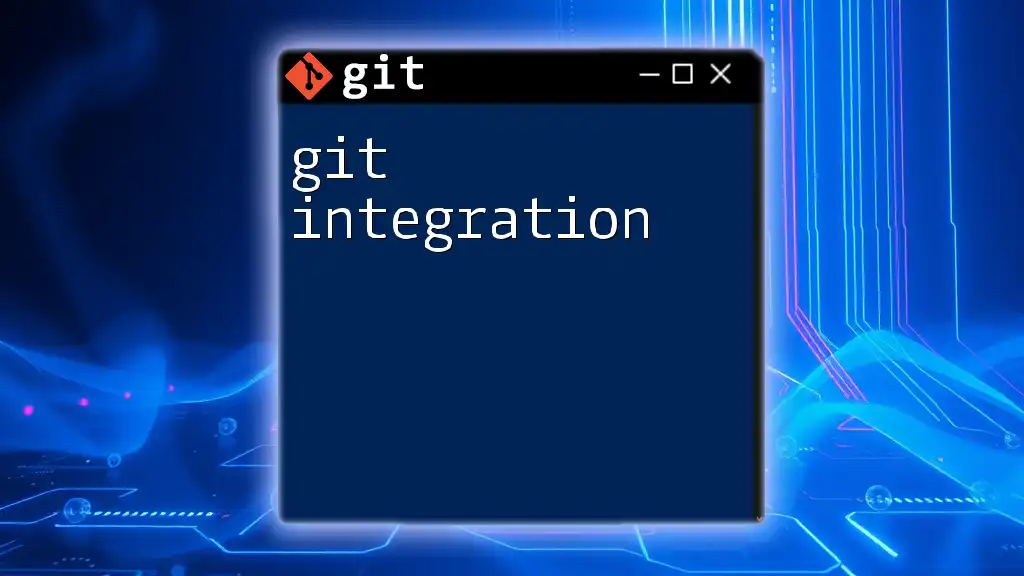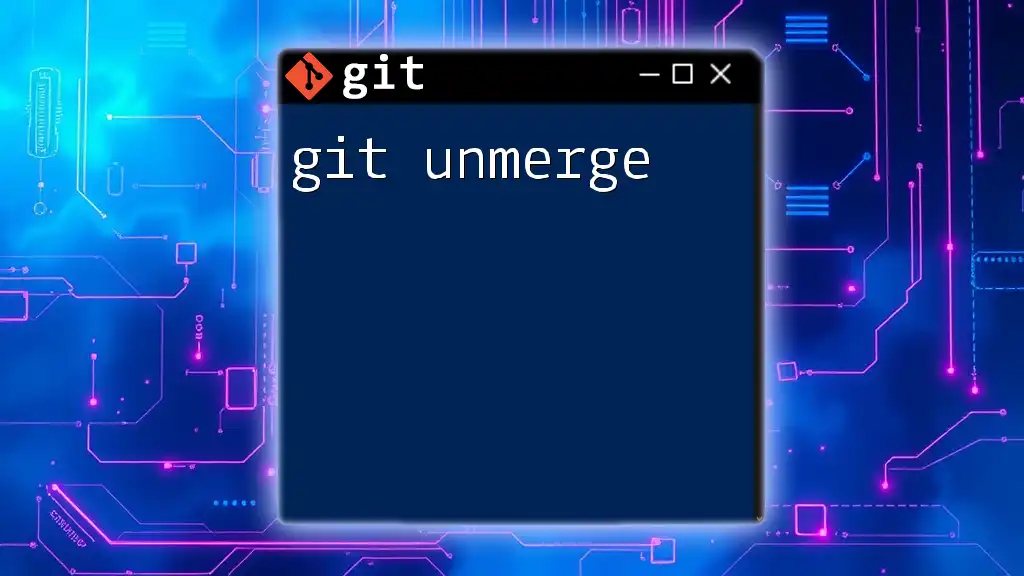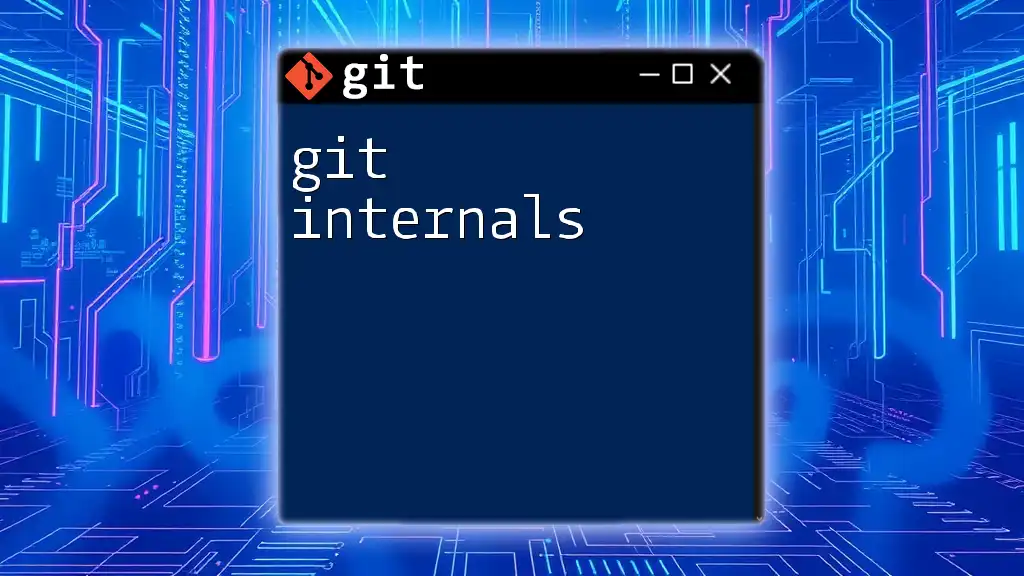A Git nickname allows users to create shorthand aliases for commonly used Git commands, making it easier to work with version control in a more efficient manner.
git config --global alias.co checkout
Understanding Git Nicknames
What are Git Nicknames?
Git nicknames are aliases used to represent users in a Git repository. They help in identifying contributors and can improve the readability of commit messages and collaboration within a team. Instead of dealing with the complexities of long usernames, developers can use short, memorable nicknames to streamline their Git operations.
Why Use Git Nicknames?
Using git nicknames enhances efficiency, especially in collaborative environments. When working on a team, having distinct, recognizable nicknames allows team members to quickly identify who made specific changes or features. This practice can significantly reduce confusion, speeding up code reviews and enhancing overall project flow.
In essence, git nicknames empower users to maintain clarity in their commit history, making it easier to trace contributions back to individuals.
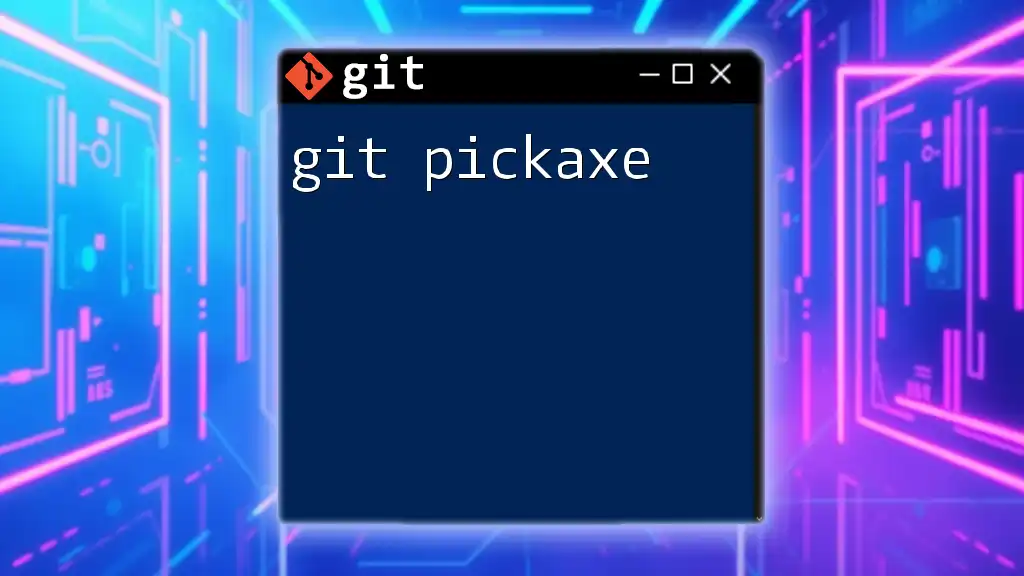
Setting Up Your Git Nickname
Installing Git
Before you can set a git nickname, you need to have Git installed on your system. Installing Git is straightforward, and you can find installation instructions on the official Git website, which outlines how to set it up on various operating systems.
To confirm that Git is installed correctly, run the following command in your terminal:
git --version
Configuring Your Nickname
Once Git is successfully installed, you can set your nickname using the `git config` command. This command allows you to configure your Git environment with various settings, including your username.
To set your global nickname, use the command:
git config --global user.name "Your Nickname"
Example: If your name is John Doe, you would specify it as follows:
git config --global user.name "JohnD"
Local vs Global Nicknames
In Git, you can set nicknames at two levels: local and global. A global nickname applies to all your repositories on that machine, while a local nickname is specific to a single repository.
If you want to set a local nickname for a specific project, navigate to the project's directory and run:
git config user.name "JohnD-Project"
Choosing between global and local configurations depends on whether you want your nickname to be uniform across all Git projects or tailored for individual projects.
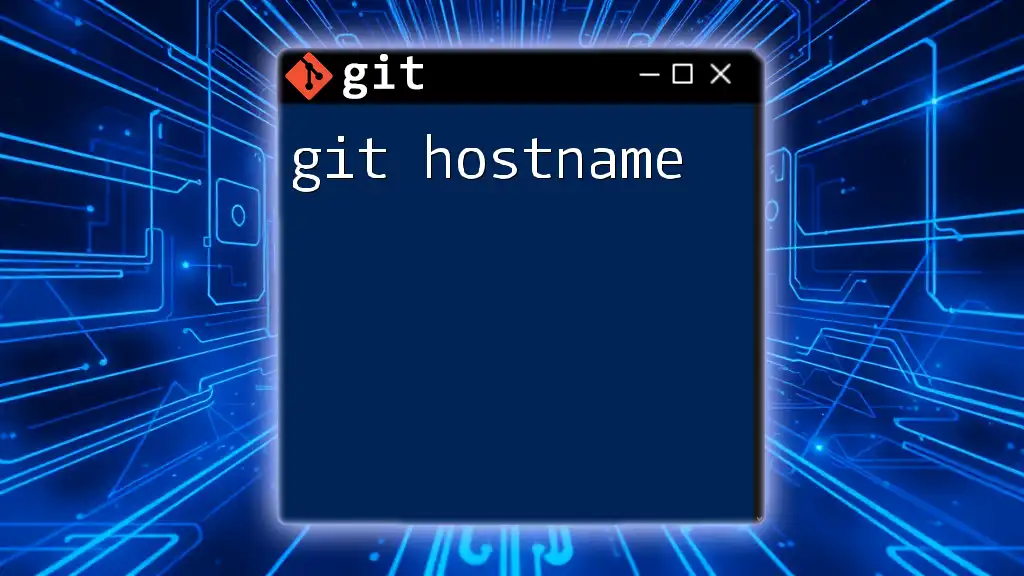
Using Nicknames in Git
Referencing Nicknames in Commands
Git recognizes nicknames, making it easy to reference them in various commands. Using these nicknames can assist in maintaining a clear and organized commit history that directly associates contributions with their respective authors.
For example, when committing changes, you can include your nickname in the commit message for clarity:
git commit -m "Fixed bug by JohnD"
Another example would be creating a new feature branch:
git checkout -b feature/john-feature
These examples illustrate how using nicknames simplifies communication and tracking in version control.
Collaborating with Nicknames
Git nicknames play a pivotal role in collaborative workflows. When working with team members, being able to reference them by their nicknames fosters better communication. For instance, when creating a pull request, you may want to notify a colleague about their code:
@JohnD "Great work on the backend, let's review together."
This direct form of communication helps establish clear lines of responsibility and encourages collaborative discussions.

Best Practices for Git Nicknames
Choosing the Right Nickname
Selecting a suitable nickname is crucial. It's best to choose nicknames that are simple, easy to remember, and relevant to your work or your identity within the team. Keeping a consistent format across your projects can also help improve recognition among your peers.
Updating Your Nickname
At times, you may need to update your existing Git nickname. Changing your nickname can be achieved with the following command:
git config --global user.name "New Nickname"
Consider changing your nickname when your role in a project changes or if you prefer to use a more professional alias.
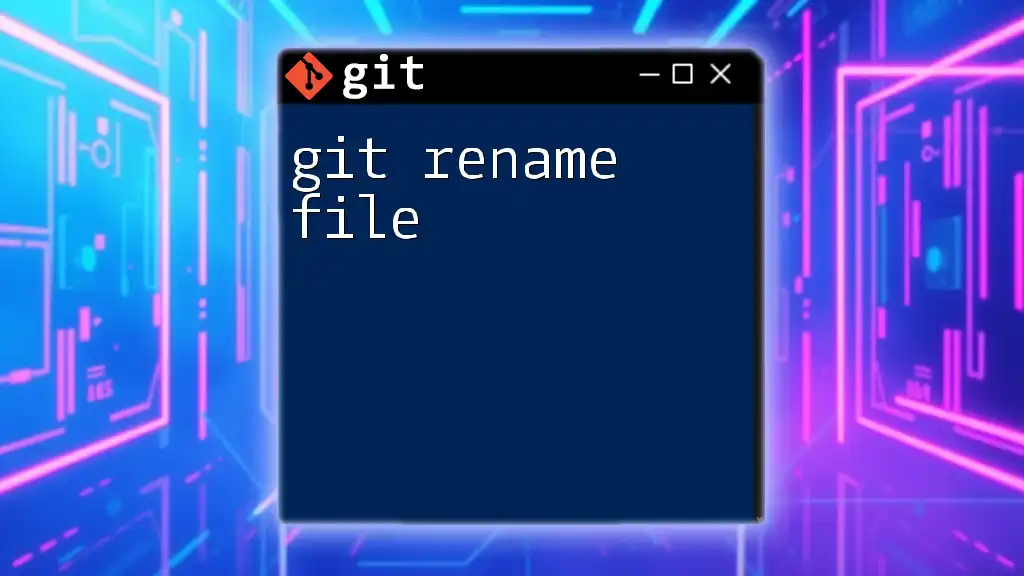
Troubleshooting Nickname Issues
Common Problems
Despite its benefits, users might face issues with their chosen git nickname. A common problem is seeing an incorrect nickname reflected in the commit history. This can often be traced back to a misconfiguration or an accidental change.
Solutions and Workarounds
If your nickname appears wrong and you want to correct it, you can re-edit your commit history with the interactive rebase command. For example:
git rebase -i HEAD~n
Replace n with the number of commits you wish to edit. This gives you the flexibility to ensure that your commit history showcases your correct nickname.
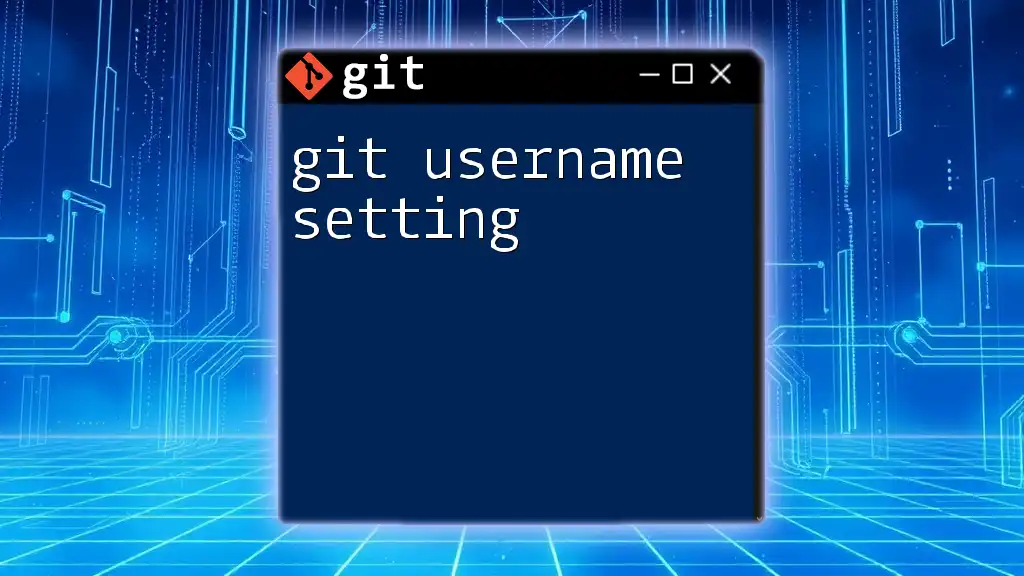
Conclusion
Summary of Key Points
In summary, git nicknames serve as valuable tools to improve clarity and efficiency in your version control processes. They allow team members to quickly identify contributions and maintain organized commit histories.
Looking Ahead: Next Steps
As you dive deeper into Git, practice using your nicknames in real projects to fully appreciate their benefits. Consider exploring additional Git functionalities that can further enhance your version control experience.

